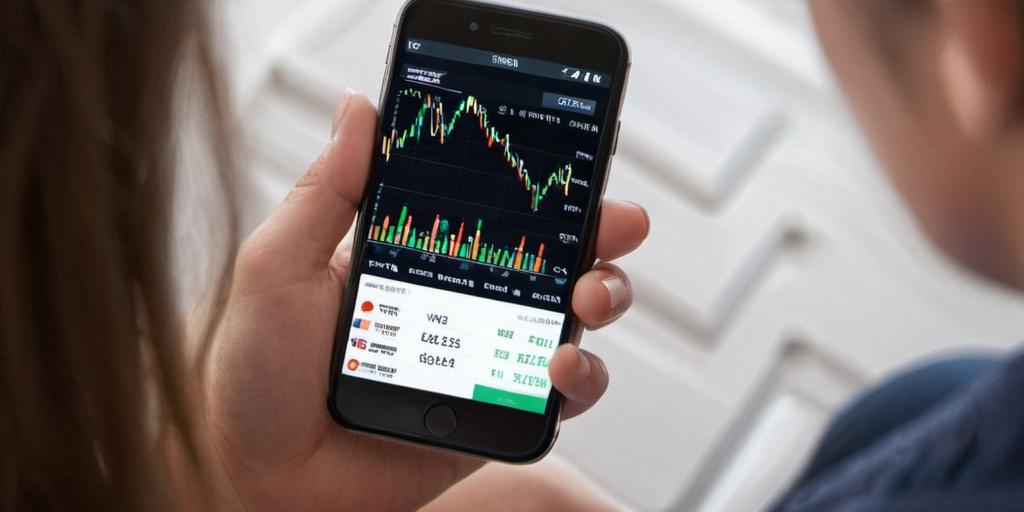Day Trading Forex
Forex day trading isn’t about currency. It’s about movement. You’re not thinking in euros, dollars, or yen—you’re thinking in ticks, candles, and speed. The foreign exchange market is one of the most liquid, most active markets on the planet. That’s good news if you can stay sharp. It’s bad news if you can’t manage risk. The volatility will chew you up and spit you out before lunch.
Most forex day traders aren’t trying to predict the economy. They’re not watching central banks or unemployment charts. They’re watching price levels, support zones, trendlines, liquidity pockets—things that matter now, not next month. The job isn’t to understand macroeconomics. The job is to react.

What Makes Forex Ideal for Day Trading
The forex market runs 24 hours a day, five days a week. That means more flexibility for entries and exits. But for day traders, only a few hours really matter. London and New York sessions bring most of the volume. That’s when spreads tighten, price moves cleanly, and trades can develop in a reasonable window.
Most brokers offer high leverage in forex—sometimes up to 500:1. That sounds attractive, and it is, if you’re disciplined. But it also means you can blow a whole account on one bad morning. Forex moves in pips, and with leverage, even a small move gets magnified. That’s why good forex day traders manage risk before they think about profits.
Unlike stocks, there’s no single centralized exchange. Quotes can vary slightly between brokers. That’s why broker selection, data feeds, and execution speed matter more than people expect. Any delay, slippage, or misquote can change the outcome of a tight trade.
How Forex Strategies Differ in Day Trading
Forex trades fast. It trends sharply and reverses even faster. You’re usually working with smaller timeframes—1-minute, 5-minute, 15-minute charts—and you’re aiming for quick moves, not long-term trends.
Some popular strategies include:
- Breakouts during session overlaps
- Liquidity grabs around psychological levels like round numbers
- Pullback entries after sharp moves in volatile pairs
- Scalping with tight stops and low timeframes
You’ll hear people talk about “news trading,” but unless you know what you’re doing, trading during economic releases is gambling. Price whipsaws hard and spreads widen. It’s easy to get slipped or stopped out before your trade even develops.
That’s why serious traders rely on tools like The Trader to manage setups, practice executions, and refine trade plans before going live. Simulated trades help separate the real edge from emotional guesses.
Why Discipline Matters More in Forex
Every new forex trader thinks the leverage is the edge. It’s not. The edge is in not using it unless your setup is rock solid. Most beginners blow accounts because they size too big, too early, and overtrade when they’re emotional.
Forex punishes impatience. Most pairs won’t move for hours, then explode in a 20-pip run. If you’re overtrading in dead zones, you’re just feeding spreads and slipping into randomness.
The successful ones sit out when the market’s flat. They don’t chase candles. They wait for confirmation, track their results, and stop trading after their daily quota—win or lose. That’s what builds consistency.
Platforms like daytradingforex.com offer insight and education that speak directly to these issues—cutting through theory and focusing on what actually works in real-time execution, session timing, and risk control.
Picking the Right Pairs
Most day traders stick to the majors: EUR/USD, GBP/USD, USD/JPY, AUD/USD. These pairs have the tightest spreads, best liquidity, and cleanest chart movement. Cross pairs and exotics can move more, but also bring slippage, spread spikes, and inconsistent behavior.
Know your pair’s behavior. Some pairs trend hard and straight. Others fake out constantly. Each one has its own rhythm, and if you don’t learn it, you’re just throwing darts at price.
Trading one or two pairs consistently beats trying to chase everything that moves. You don’t need ten charts. You need one setup that you actually follow without second-guessing.
Why Most Forex Day Traders Quit
They treat it like a slot machine. They get excited when a trade goes green, and reckless when it goes red. They size up too fast after a good week, then spiral when one loss hits harder than expected. Or they scalp during dead sessions, hoping something will happen.
The failure isn’t the strategy. It’s the behavior.
Day trading forex takes more mental control than people expect. You’ll spend more time watching and waiting than actually trading. And that’s the part most can’t handle. They need action. But the market doesn’t care.
The ones who last? They trade less. They review more. They know their edge, and they stick to it.
Fast Doesn’t Mean Easy
Forex is fast, but that doesn’t make it simple. The cleanest setups still fail. The best trades don’t always hit target. But with risk under control, it stops mattering. The goal isn’t to win every trade. It’s to make the good ones count, and keep the bad ones small.
If that sounds boring, you’re probably not ready. If it sounds like work, you might actually have a shot.
This article was last updated on: August 19, 2025
